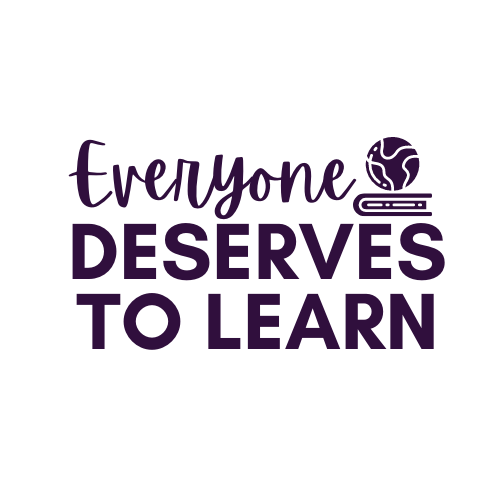Evaluating Structured Literacy: What Admins Should Look For
The approach to reading that is rooted in scientific, evidence based practices is commonly known as Structured Literacy. Many authors and curriculum programs may claim their product is based on the science of reading instruction, so it’s essential that school and district administrators understand the essential components that make up an effective structured literacy program.
The overview of Structured Literacy from the Colorado Dyslexia Handbook includes the following graphic by Dr. Margie Gillis’ team at Literacy How in Connecticut. It centers Oral Language at the heart of all instruction. Oral language means listening and speaking; in a classroom setting, there should be evidence of discourse that is geared towards both social and academic vocabulary development.
Let’s go through the components of a structured literacy lesson, detailing the look-for’s that you would want to see included in a classroom or program.
Phonemic awareness: In a classroom, students should be learning to and practicing manipulating individual sounds in spoken words. It might sound like this: “Ok, class! It’s almost time for /l/-/un/-/ch/. Who can tell me what it’s almost time for?” Or, “If I change the /l/ in lunch to a /b/, what word do I have?”
Phonics and spelling: This is NOT your 20 words written 3x each. (Remember that? Me too. That was so 1995- let’s leave it there.) In a structured literacy lesson, we are teaching students to identify the sound patterns they hear in a word, so they can then read and write words with the similar pattern. In a classroom, this means that students know that if they can read and spell ring, they can read and spell king, sing, ling, fing, ming, and zing. Here’s where “nonsense words” come in. You may think it’s unimportant for students to learn how to read and spell ling, fing, and ming (I did too, initially!) but without doing so, students won’t be able to read or spell linger, finger, or mingle. Although fluency is not specifically stated in the wheel, phonics is a place where fluency naturally falls. Once students have mastered a spelling pattern, they can work on reading those patterns in phrases and sentences, which leads to comprehension.
Syntax: Here’s another place oral language takes center stage. It’s only through oral language that students create the grammatical infrastructure they need to know that “The cat big pounces on the mouse,” is incorrect, and that the noun and adjective need to be switched. In a classroom, this can look more or less explicit, depending on the needs of the learners.
Vocabulary and morphology: Again, this begins with oral language. In order to understand increasingly complex texts, students must be exposed to the words that make up the text! In a classroom, this could look like a word wall with definitions and visuals or student personal dictionaries, where the words are added as content is taught. On that word wall or in that dictionary, students should have a visual, a definition, and at least two sentence-level examples.
Text comprehension and written expression: This is the final piece, the culmination, of all of the previous skills. Students have explored how the words in the text sound and look, understand how they are arranged in a sentence, and can make meaning of them. In a classroom, assessment of comprehension can take many forms. Writing about the text solidifies the comprehension that has been developed.
Feel free to use the checklist below to aid you in evaluating lessons or programs. Click the link to download the file.


